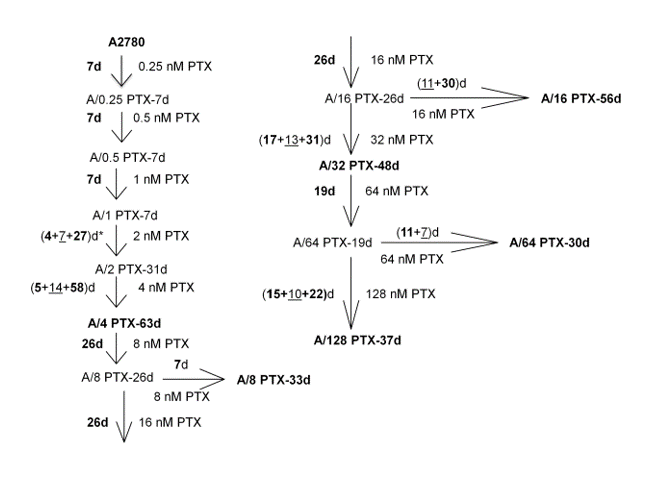
A2780 PTX(4) resistant cell line Product
[…] see Tab. 1). PTX and CDDP are standard chemotherapeutic drugs used in the treatment of ovarian cancer and acquired resistance to them remains a major obstacle in therapy. The trend […]

[…] see Tab. 1). PTX and CDDP are standard chemotherapeutic drugs used in the treatment of ovarian cancer and acquired resistance to them remains a major obstacle in therapy. The trend […]
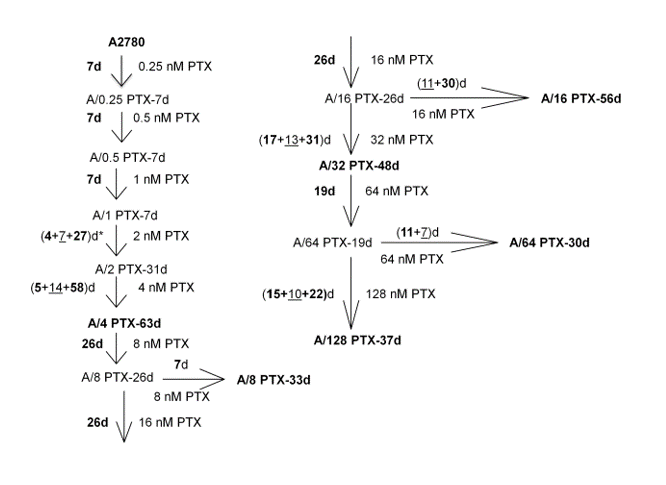
[…] see Tab. 1). PTX and CDDP are standard chemotherapeutic drugs used in the treatment of ovarian cancer and acquired resistance to them remains a major obstacle in therapy. The trend […]
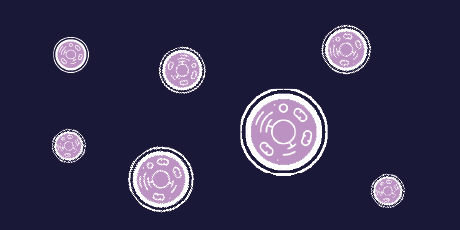
Epithelial ovarian cancer is a heterogeneous disease with five different pathological subtypes, the most common being High Grade Serous Cancer (HGSC). Standard treatment to date for epithelial ovarian cancer has […]
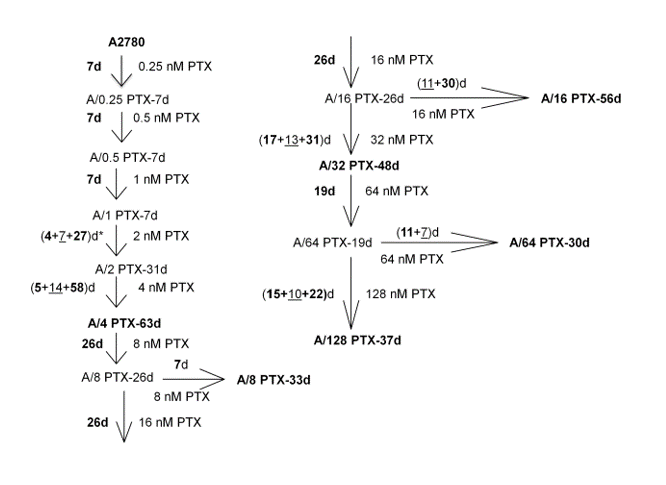
[…] see Tab. 1). PTX and CDDP are standard chemotherapeutic drugs used in the treatment of ovarian cancer and acquired resistance to them remains a major obstacle in therapy. The trend […]
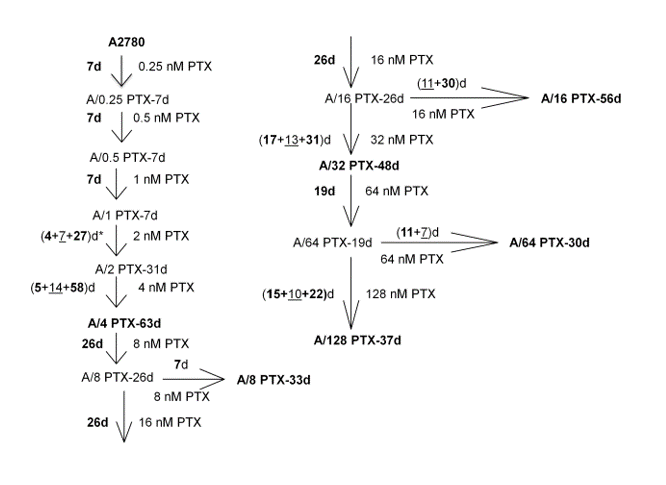
[…] see Tab. 1). PTX and CDDP are standard chemotherapeutic drugs used in the treatment of ovarian cancer and acquired resistance to them remains a major obstacle in therapy. The trend […]
Monoclonal antibody detects PLAP protein, used as a marker for various cancers, including ovarian and testicular.

The PEO4 cell line is one of nine from the PE ovarian adenocarcinoma panel (derived from 4 patients at varying stages of ovarian cancer, isolated from various malignant sites, and […]
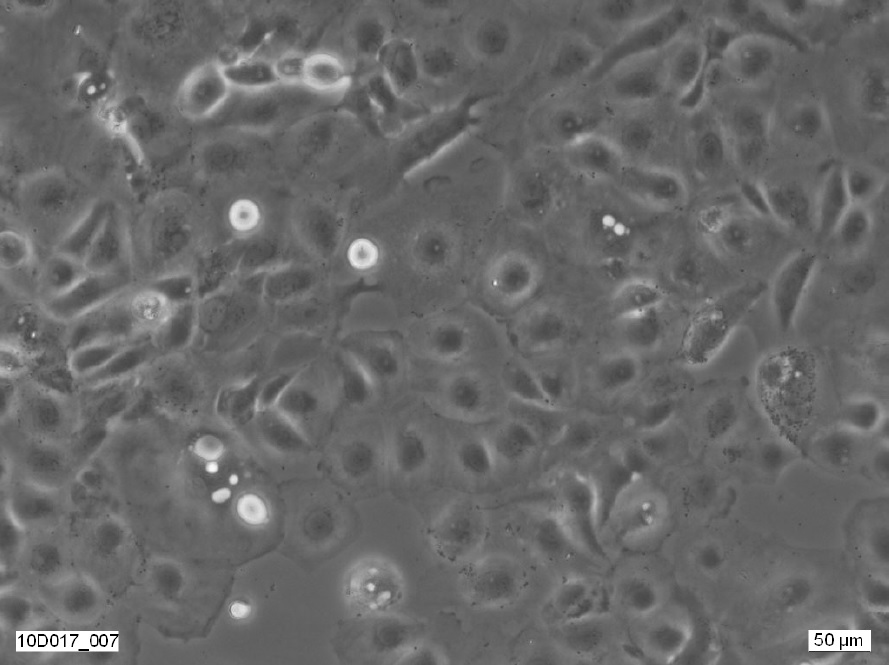
The PEO14 cell line is one of nine from the PE ovarian adenocarcinoma panel (derived from 4 patients at varying stages of ovarian cancer, isolated from various malignant sites, and […]
Epithelial ovarian cancer cell line derived from ovarian malignant tumor from patient with ovarian papillary serous cystadenocarcinoma
The Caov-3 cell line is a primary ovarian cancer cell line with epithelial morphology. These cells form tightly packed colonies in adherent culture. All-trans retinoic acid has been shown to […]

CancerTools.org uses the contact information provided to respond to you about our research tools and service. For more information please review our privacy policy.